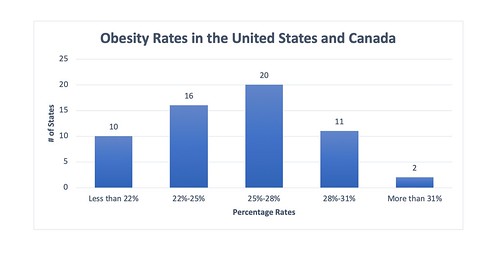`results on the conduction of heat in wood which I think
`results around the conduction of heat in wood which I believe to be new, and that are absolutely really fascinating…ought to not be published without a really distinct reference to M de Lenarmont because the initial experimenter who published researches49 Inside the period, although generating the numerous translations and summaries, Tyndall’s concentrate was altering from diamagnetism for the transmission of heat, as he sought through each to explore the influence of structure and proximity, while some work on diamagnetism continued, which he was to report at the British Association meeting in Belfast. He also noted on 27 June 852: `Reading Pl ker’s bewildering memoir in the forenoon’ (Tyndall, Mutilin 14-glycolate cost Journal, 27 June 852). In December 852 Tyndall published `On the reduction of temperatures by electricity’ (J. Tyndall, `On the reduction of temperatures by electricity’, Philosophical Magazine (852), 4, 423), written from Queenwood in November. This was portion of a running argument with Richard Adie, who maintained that absorption of heat did not take place at a bismuth antimony joint (R. Adie, `On the unequal heating effect of a galvanic existing when entering and emerging from a conductor’, Philosophical Magazine (852), 4, 224). Adie also delved into diamagnetism, though without excellent penetration (R. Adie, `On the relation of magnetism and diamagnetism towards the colour of bodies’, Philosophical Magazine (852), 4, 45). Tyndall reiterated his bemusement in a note in February 853 (J. Tyndall, `On the temperatures of conductors of electrical currents’, Philosophical Magazine (853), five, 47). 50 Sabine to Tyndall, six November 85; Tyndall, Journal, six November 85. 5 James Sylvester (84897) was a mathematician functioning specifically on invariants. He was awarded the Royal Medal in 86 and the Copley Medal in 880 (Oxford Dictionary of National Biography, 2004; hereafter abbreviated as ODNB). 52 Tyndall, Journal, 3 June 852. These signing the certificate from basic knowledge have been Wheatstone, Playfair, Edward Forbes, Henry and Airy; and from personal know-how Faraday, Grove, Huxley, Sylvester and John Phillips. The original certificate, sent to Sylvester, was lost so Tyndall had to write out his qualifications once again and this could explain why the writing on the certificate seems to be Tyndall’s own, which can be not normal practice (Election certificate, RS EC8523). Sabine also told him that Grove and Gassiot had asked to sign. 53 Tyndall, Journal, 5 May 852.John Tyndall and the Early History of Diamagnetismon the unequal conducting powers of bodies in unique directions…the system of heating the plates from the substances to be experimented on adopted by Mr. Tyndall, which seems to have considerable benefits over that described by M. Lenarmont…The preamble (pages PubMed ID:https://www.ncbi.nlm.nih.gov/pubmed/26329131 …7) could I think, with advantage to the paper, be omitted’.54 Bell gave Tyndall the report, with some remarks of Sabine, just after his admission for the Royal Society on 7 June. Tyndall remarked `The report on the whole was a flattering a single, but Professor Thomson, as is very all-natural to a young man, wishes to shew that he knows anything regarding the matter’.55 It was some time ahead of Tyndall’s spikiness towards Thomson dissipated. On 9 June, two days after Tyndall had received comments from Thomson and Sabine on his  paper on the transmission of heat, he sought out Thomson who he identified with Faraday. He talked with Faraday about his theory of lines of magnetic force (Faraday lent Tyndall his private copy of his current paper due to the fact T.
paper on the transmission of heat, he sought out Thomson who he identified with Faraday. He talked with Faraday about his theory of lines of magnetic force (Faraday lent Tyndall his private copy of his current paper due to the fact T.